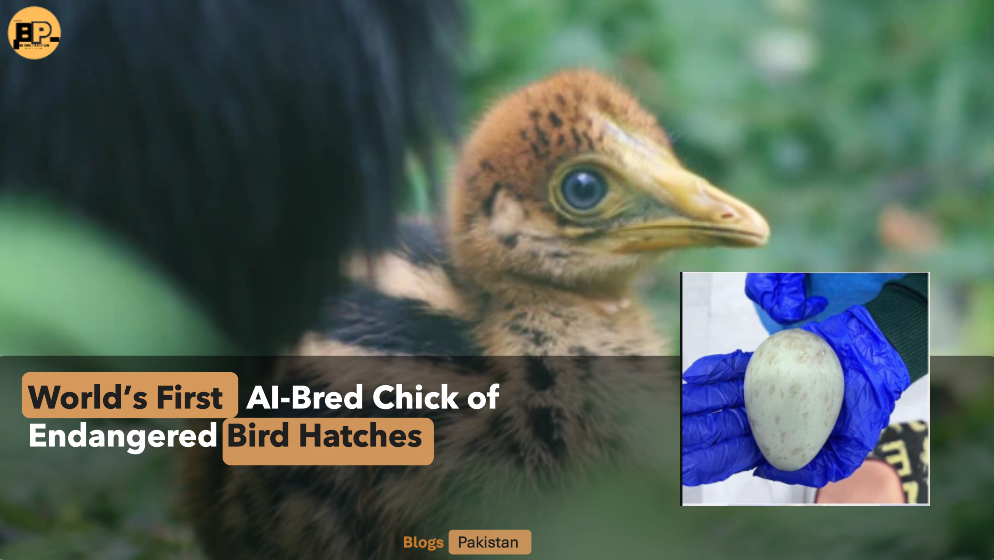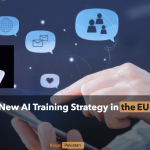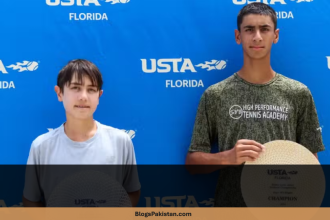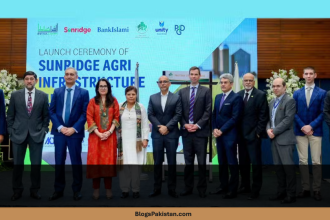In a groundbreaking leap for wildlife conservation, the world’s first chick of an endangered bird species bred with the aid of artificial intelligence (AI) has hatched, offering a glimmer of hope in the fight against biodiversity loss. This milestone, involving the critically endangered Northern Bald Ibis, represents a fusion of cutting-edge technology and ecological stewardship—a testament to humanity’s evolving toolkit to safeguard Earth’s most vulnerable creatures.
The Biodiversity Crisis and the Role of Innovation
Scientists estimate that over one million species face extinction due to habitat loss, climate change, and human activity. Traditional conservation methods, such as captive breeding and habitat restoration, have saved species like the California Condor and Black-Footed Ferret. However, these efforts are often resource-intensive, slow, and limited by genetic bottlenecks. Enter AI: a tool capable of crunching vast datasets, predicting outcomes, and optimizing strategies to accelerate recovery. The hatching of the first AI-bred Northern Bald Ibis chick isn’t just a win for one species—it’s a blueprint for revolutionizing conservation globally.
Meet the Northern Bald Ibis: A Bird on the Brink
The Northern Bald Ibis (Geronticus eremita), once widespread across Europe, North Africa, and the Middle East, now teeters on extinction. With fewer than 1,000 mature individuals left in the wild, these striking birds—known for their glossy black feathers and curved red bills—have vanished from much of their historic range due to hunting, pesticide use, and habitat destruction. Conservationists have long struggled to rebuild populations, as captive breeding programs face challenges like low genetic diversity and mating incompatibilities.
How AI Engineered a Tiny Miracle: Chick
The successful hatching stems from a collaboration between conservation biologists and AI researchers. Here’s how it unfolded:
- Data Collection: Researchers compiled decades of data on Northern Bald Ibis genetics, behavior, health records, and environmental preferences. This included DNA profiles to assess genetic diversity and historical breeding outcomes.
- Algorithmic Matchmaking: Machine learning algorithms analyzed the data to identify optimal breeding pairs. Unlike traditional methods, which might prioritize obvious traits, AI evaluated subtle factors: genetic compatibility to minimize inbreeding, behavioral compatibility (e.g., mating rituals), and resilience to environmental stressors like climate change.
- Predictive Insights: The AI predicted which pairs had the highest likelihood of producing viable offspring, ensuring the chick would inherit robust genetic traits critical for survival in the wild.
The result? A healthy chick, born in a European breeding facility (specific location pending details), whose genes represent a carefully calculated step toward species recovery.
Why This Breakthrough Matters
This achievement isn’t just about one bird—it’s a paradigm shift. Here’s why:
- Precision Conservation: AI eliminates guesswork. By pinpointing ideal genetic matches, it maximizes the impact of each breeding effort, reducing generations needed to rebuild populations.
- Scalability: The same model could be adapted for other critically endangered species, from Sumatran tigers to Hawaiian honeycreepers. Imagine AI optimizing breeding programs for thousands of species simultaneously.
- Climate Resilience: AI can factor in future threats, such as rising temperatures or disease spread, ensuring offspring are genetically equipped for tomorrow’s ecosystems.
Challenges and Ethical Considerations
While promising, AI-driven conservation raises questions. Could over-reliance on technology divert resources from habitat protection? Who decides which species to prioritize? Critics also warn of “designer wildlife”—an overemphasis on genetics at the expense of natural behaviors. Moreover, data privacy concerns arise: genetic information could be misused if hacked or exploited.
Conservationists stress that AI is a tool as you can see chick, not a replacement for holistic strategies. “Technology must walk hand-in-hand with habitat preservation and community engagement,” notes Dr. Helena Weiss, a biologist involved in the project.
The Road Ahead: From Labs to the Wild
The next phase for the AI-bred chick involves close monitoring. Can it thrive, reproduce, and adapt? Researchers aim to reintroduce it to wild flocks migrating between Europe and Africa, a journey fraught with challenges like power lines and illegal hunting.
Meanwhile, AI’s chick role is expanding. Projects are underway to use AI for tracking wildlife populations via drones, predicting poaching hotspots, and even simulating ecosystem impacts of species reintroduction. Collaboration is key: tech firms, governments, and NGOs must unite to scale these innovations.
A Call to Action
The hatchling’s story is a rallying cry. Biodiversity loss affects us all—from pollinating crops to stabilizing climates, healthy ecosystems underpin human survival. Supporting AI-driven conservation requires funding, data sharing, and public advocacy. Citizen scientists can contribute by reporting wildlife sightings or donating compute power for conservation algorithms.
Conclusion: A Flutter of Hope
The world’s first AI-bred chick symbolizes more than technological prowess—it embodies humanity’s capacity to correct course. As this tiny ibis takes its first steps, it carries the weight of a species and the promise of a future where science and nature coexist in harmony. In the words of pioneering conservationist Jane Goodall, “What you do makes a difference, and you have to decide what kind of difference you want to make.” With AI as an ally, that difference just grew exponentially.










